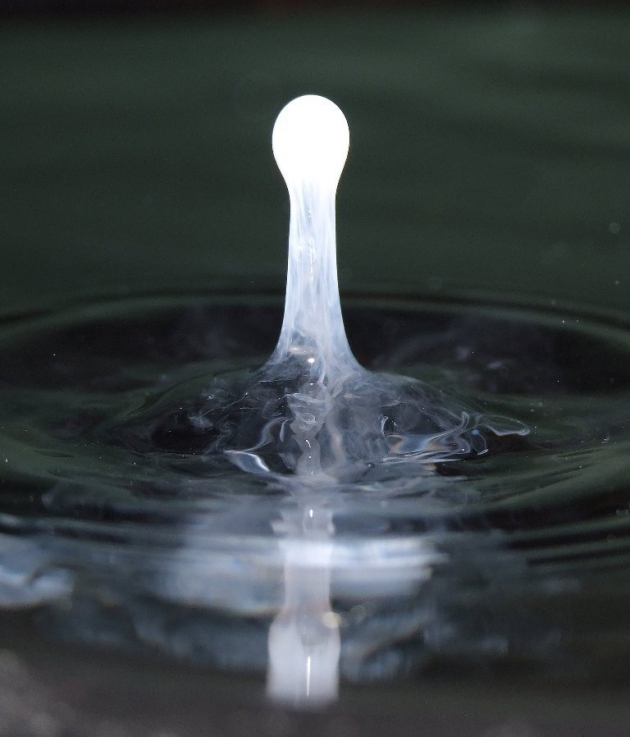With more than 30 years’ experience in the residential and commercial water treatment space, Mark Nelson is a Class 1 Drinking-Water Operator and a CBWA (Canadian Bottled Water Association) Certified Plant Operator. As founder and president of Nelson Water in Ottawa, Mark focuses on dealing with challenging water treatment system designs for problem water. He also heads the largest water bottling plant in the city of Ottawa with a delivery network throughout the Valley.
When you turn on the faucet, you expect the water flowing from it to be clean and clear. Therefore, when your water has a white or cloudy appearance, it can be quite disconcerting. First and foremost, you need to determine if your water is safe to use and drink. You also need to know if these aesthetic changes will have an impact on your food preparation, cooking or cleaning. To help keep you informed, here are the basic facts you need to know about white cloudy water.
Cloudy Water is Often Caused by Air
One of the primary reasons why your water may have a white, cloudy appearance is because of air. While this may seem ridiculous, the air pressure in the pipes and the temperature difference between the outdoors and inside of your home can allow small air bubbles to form. This can give the water a cloudy or milky appearance when it is first drawn.
If this is the underlying cause of the change in water appearance, it will usually dissipate within a few minutes. As a test, fill a glass with water and allow it to stand for several minutes. If the cloudiness begins to clear from the bottom of the glass upwards, the aesthetic changes are due to air. The air bubbles are rising to the surface of the water and dissipating. While this can look a little odd, the air bubbles will not affect the safety of your drinking water.
How Air is Introduced into Water
There are several ways air can be introduced into your water supply, including water pipeline maintenance and groundwater pumping processes. Air can also be introduced into water as cold groundwater is brought up to warmer surface temperatures. Since water lines are pressurized, the air stays trapped in the water until the pressure is released by opening the faucet. This is a similar effect to opening up a soda bottle.
Other Causes Of Cloudy Water
While air is the most common underlying cause of cloudy water, there are other potential reasons why the aesthetics of your water has changed.
Cloudiness can also be a result of turbidity. This is caused by particles of fine matter in the water. The particles scatter when light hits the water, creating a cloudy appearance. These particles can be organic or inorganic, and they are not likely to have an effect on the water safety. Unfortunately, depending on the nature of the particles, there can be detrimental effects on fixtures and pipes. These fine particles often have an abrasive action, which can deteriorate pipes and cause etching on sinks, dishes, and glassware.
If your water has a cloudy, white appearance, it is worth checking if it is caused by air. Allowing a glass of water to sit for several minutes can be a good indicator, but it is also important to note if there are any other changes. If the water has developed a metallic taste, your water may contain fine particles of iron, copper or other minerals. In this case, you may wish to contact a certified water treatment professional and consider water treatment options to filter out any contaminants and preserve the quality of your drinking water.

